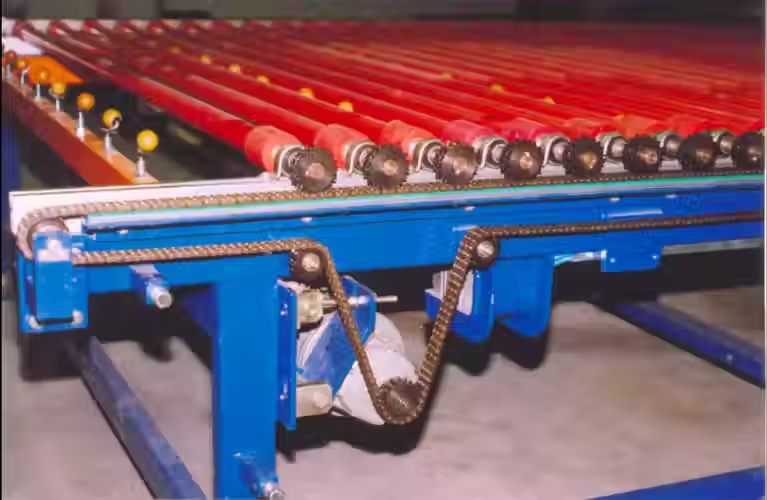Miniature Vibratory Feeder Manufacturers
- Jaswanth srinivas
- Dec 2, 2024
- 2 min read
Miniature Vibratory Feeder Manufacturers: A Comprehensive Overview
A Miniature Vibratory Feeder Manufacturers is a compact and efficient device used to handle, orient, and transport small and delicate materials in various industries. It is designed to provide precise and consistent feeding of components, ensuring smooth and uninterrupted processes in applications where space is limited. These feeders are widely used in manufacturing, electronics, pharmaceuticals, food processing, and laboratory automation.
How It Works
The feeder uses vibration as its driving mechanism to move materials along a defined path. A vibratory feeder typically consists of a bowl or tray, a base, and a set of electromagnetic coils or mechanical actuators. When the feeder is powered, the vibration causes the material to move forward in a controlled manner. The amplitude and frequency of vibrations are adjustable, allowing for precise control of the feeding rate and material flow.
Key Features
Compact Size: Miniature vibratory feeders are designed for tight spaces, making them ideal for integration into small machines or assembly lines.
Customizable Designs: The feeders can be tailored to handle various types of materials, including powders, granules, and tiny parts like screws or capsules.
Low Power Consumption: These devices are energy-efficient, reducing operational costs.
Durable Construction: Made from high-quality materials such as stainless steel or specialized plastics, they ensure longevity and reliability in harsh conditions.
Precision and Consistency: The controlled vibrations guarantee uniform feeding, minimizing errors and wastage.
Applications
Electronics Industry: Miniature feeders are used to handle small electronic components such as resistors, capacitors, and microchips during assembly.
Pharmaceuticals: They feed tiny pills, capsules, or vials in production lines, maintaining hygiene and accuracy.
Food Processing: Ideal for sorting and feeding small food items like seeds or candies.
Laboratory Automation: Used to handle micro-scale samples for testing and research.
Automotive and Aerospace: Suitable for delivering miniature parts like bolts, washers, or clips in precise quantities.
Advantages
Space Efficiency: Their compact design makes them suitable for limited spaces, especially in high-density production environments.
Cost-Effective: By reducing material waste and increasing operational efficiency, they offer excellent return on investment.
Customizability: Tailored solutions cater to the specific needs of different industries and materials.
Ease of Maintenance: Minimal moving parts reduce wear and tear, ensuring easier upkeep and fewer downtimes.
Challenges
Despite their advantages, miniature vibratory feeders may face challenges such as:
Material Compatibility: Handling sticky or irregularly shaped materials can be problematic.
Noise Levels: The vibration mechanism can produce noise, which may require additional soundproofing.
Precision Adjustments: Fine-tuning vibration parameters can be time-consuming, requiring skilled personnel.
Conclusion
Miniature vibratory feeders are indispensable tools for industries requiring precise handling of small materials. Their compact size, efficiency, and adaptability make them suitable for various applications, driving productivity and accuracy in modern manufacturing and automation processes. With advancements in technology, these feeders continue to evolve, offering even greater reliability and performance for specialized tasks.




Comments